Imagine a people who defied the odds, blending cultures, surviving against overwhelming forces, and shaping the very land beneath their feet. The story of the Black Seminoles is one of breathtaking escape, unlikely alliances, and heartbreaking erasure—a saga that echoes through the swamps of Florida, the arid plains of Texas, and even the wild frontiers of Mexico. To truly understand American history, we must plunge into the tangled roots of their journey, where resilience and hope flowered in the shadows cast by slavery and war.
Flight from Bondage: Seeking Freedom in the Swamps
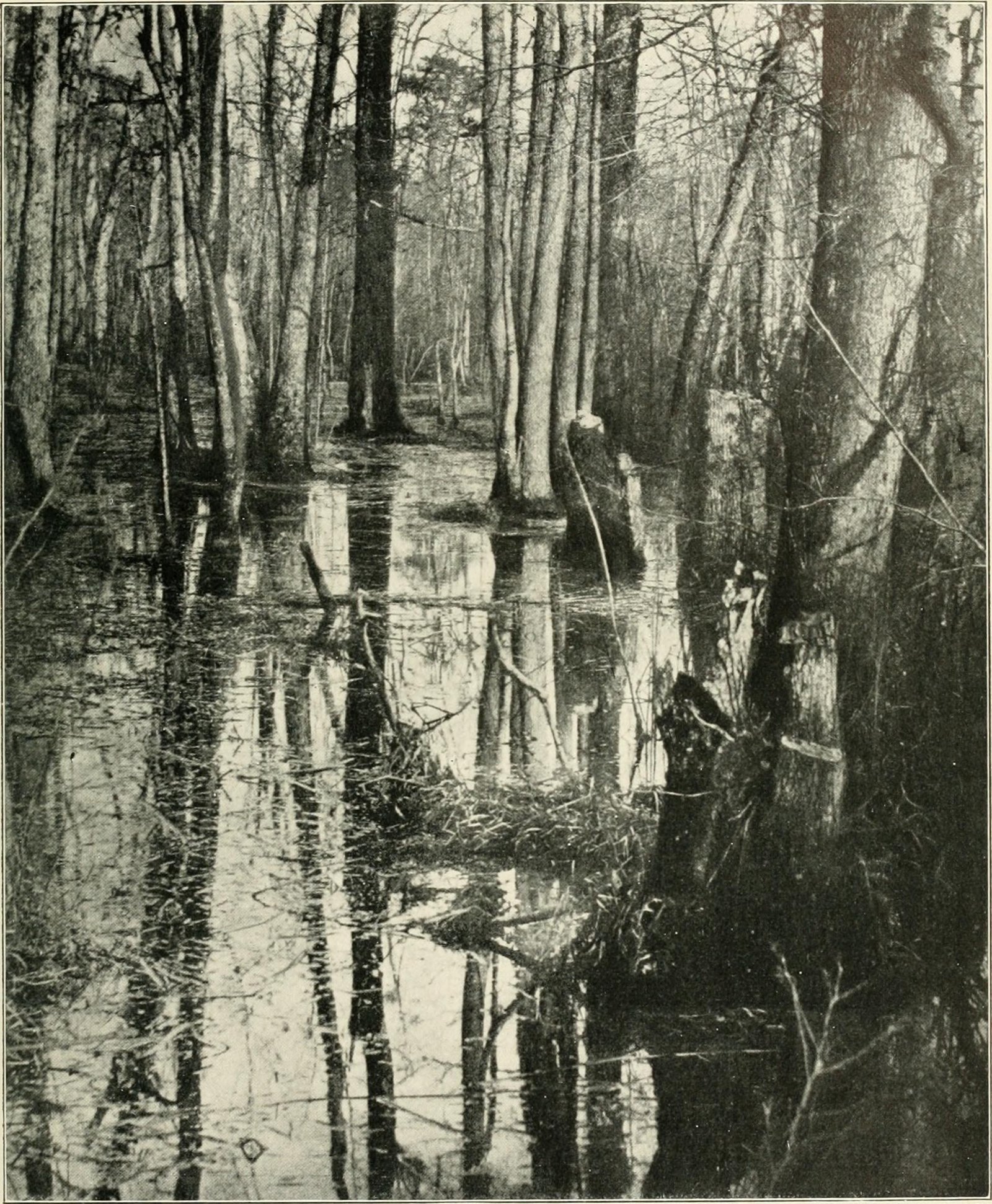
For enslaved Africans in the American South, the possibility of freedom often seemed like a distant dream. Yet, in the thick forests and marshes of Spanish Florida, the dream took on a daring new reality. Throughout the 18th and early 19th centuries, hundreds—and eventually thousands—of enslaved people risked everything to escape plantations in Georgia and the Carolinas. Their destination was the untamed wilds of Florida, a place where few white slave catchers dared to venture. Here, among the gators and dense mangroves, these freedom-seekers found a new world. The land itself became a shield, its labyrinthine waterways and towering trees offering protection no fence or guard could provide.
The First Encounters: Forging an Alliance with the Seminole People
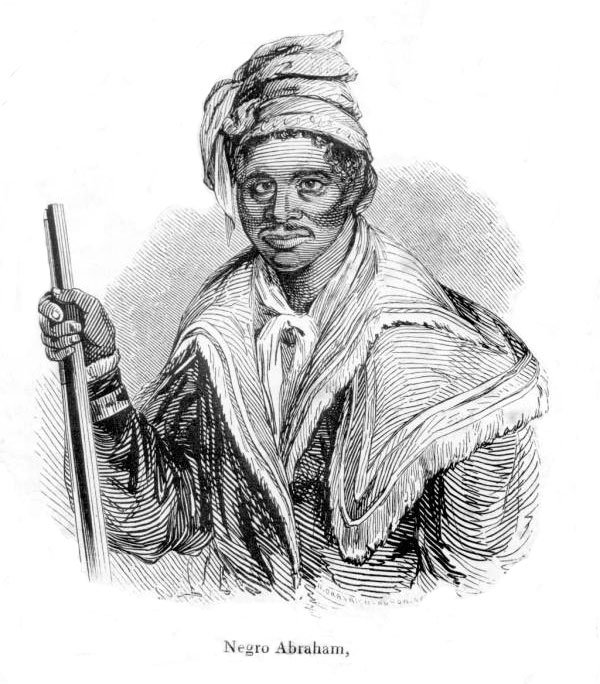
When these escaped slaves arrived in Florida, they encountered the Seminole, a Native American group already familiar with the pain of displacement and survival. Rather than hostility, they found the possibility of partnership. The Black newcomers—later called Black Seminoles—were welcomed by the Seminole, who understood the value of unity. They built communities side by side, intermarried, and shared farming techniques. Together, they learned to thrive where others struggled, drawing on both African and Indigenous knowledge to survive the harsh environment. This alliance would soon prove crucial as outside threats began to loom.
Shared Struggles and Cultural Blending
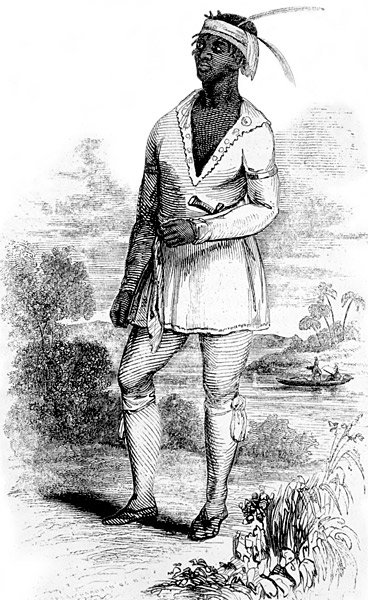
Life among the Black Seminoles was marked by remarkable cultural fusion. African musical rhythms mixed with Seminole chants around night-time fires. Food traditions blended, with crops like corn, rice, and yams sustaining everyone. Children grew up learning both Muscogee (Creek) and African languages, and elders passed down stories steeped in the wisdom of two worlds. This unique synthesis was not just about survival—it was a quiet rebellion, a way to create something entirely new in defiance of those who sought to erase their identities. The Black Seminoles became masters of adaptation, creating a culture that was as resilient as it was vibrant.
Warfare and Resistance: The Seminole Wars

As the United States expanded, the pressure on Florida’s mixed communities intensified. Determined to recapture escaped slaves and acquire more land, the U.S. government launched a series of brutal campaigns known as the Seminole Wars, the longest and costliest Indian wars in American history. Black Seminoles fought fiercely alongside their Seminole allies, using guerrilla tactics and intimate knowledge of the land to outwit much larger armies. Their resistance became legendary, inspiring fear among their enemies and hope among those still in bondage. Despite suffering tremendous losses, the Black Seminoles’ courage helped keep their communities alive—if only barely.
Forced Exodus: The Trail to Indian Territory
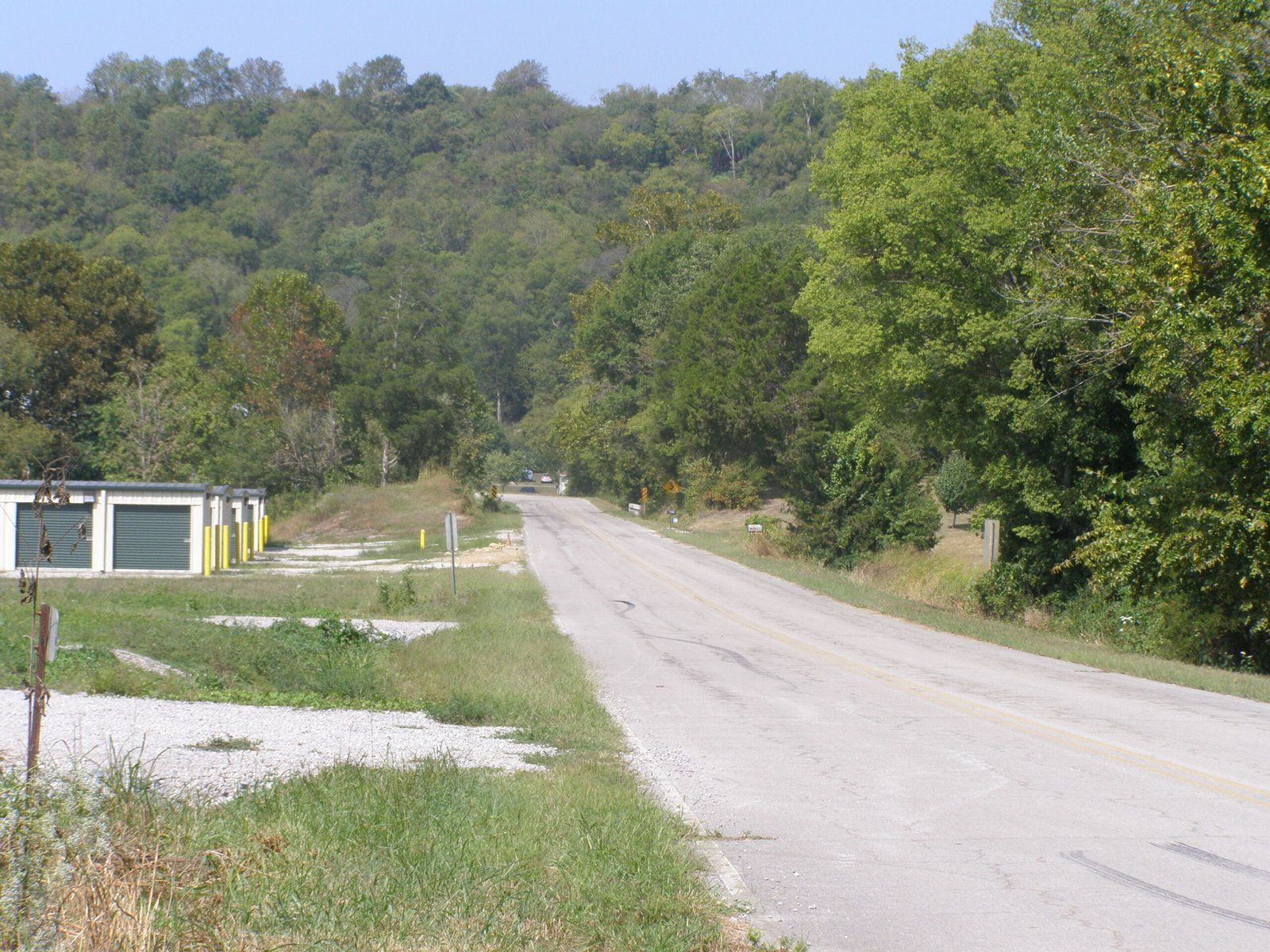
Eventually, overwhelming military force and relentless pursuit forced many Black Seminoles and their Native allies to leave Florida. In the 1830s and 1840s, they trudged westward along what would become another Trail of Tears, bound for the harsh lands of Indian Territory—present-day Oklahoma. The journey was grueling, marked by disease, starvation, and heartbreak. Along the way, many were separated from family, while some were captured and sold back into slavery. Yet, even in exile, the Black Seminoles continued to fight for their autonomy, forming new settlements and preserving their unique culture far from their swampy Florida homeland.
Life on the Frontier: Adaptation and Survival in Indian Territory
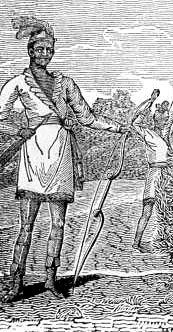
Once in Indian Territory, Black Seminoles faced fresh challenges. They contended with new neighbors, unfamiliar landscapes, and the ever-present threat of slave catchers. In some cases, they were forced to serve as slaves or second-class citizens to their own former allies, the Creek and Seminole Nations, due to the pressures of U.S. laws and racial prejudice. Despite these obstacles, many Black Seminoles carved out a measure of independence, establishing their own farms and communities. They developed new forms of self-governance and maintained their distinct cultural practices, even as they navigated the complex politics of the West.
The Texas and Mexico Connection: A New Chapter of Freedom
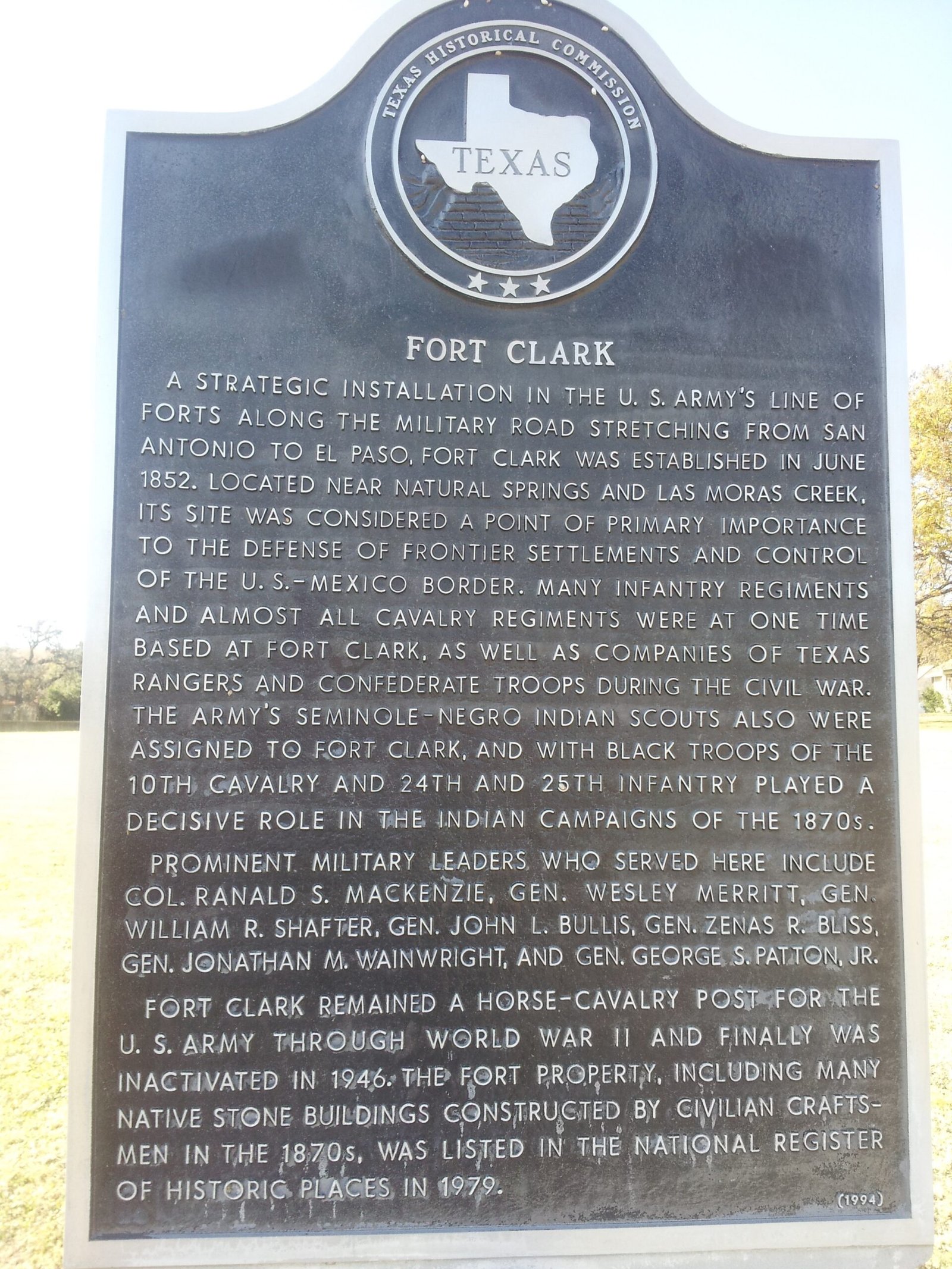
For some Black Seminoles, the search for true freedom led them even farther west—across the border into Texas, and then into Mexico. In the mid-19th century, groups of Black Seminoles joined with the Seminole Nation to escape the threat of re-enslavement in the U.S. They forged new alliances with Indigenous peoples and Mexican communities along the Rio Grande. In Mexico, they found relative safety, as the Mexican government had abolished slavery. Here, the Black Seminoles became renowned as fierce warriors—known as “Los Mascogos”—and were even enlisted to help protect northern Mexico from Comanche raids, drawing on their long experience with frontier warfare.
Seminole Scouts and the U.S. Army: Unlikely Allies

Remarkably, some Black Seminoles found themselves serving the very government that had once hunted them. In the late 19th century, during the Indian Wars, the U.S. Army recruited Black Seminoles as scouts. Their unparalleled skills in tracking, survival, and guerrilla tactics made them invaluable on the Texas frontier. These Seminole Scouts played a pivotal role in military campaigns against hostile forces, earning the respect of their officers and even receiving Medals of Honor. Yet, their contributions were often minimized or forgotten in the official histories of the American West.
Erasure and the Struggle for Recognition

Despite their extraordinary history, Black Seminoles have often been written out of the American narrative. Their stories were overshadowed by those of other groups, and their contributions to the nation’s survival and development were largely ignored. In many cases, families lost land, legal rights, and even their own names as government records failed to acknowledge their unique heritage. Today, the descendants of Black Seminoles in Oklahoma, Texas, Florida, and Mexico continue to fight for recognition, seeking to reclaim the legacy that was nearly erased by centuries of neglect and discrimination.
Legacy, Memory, and the Power of Remembrance
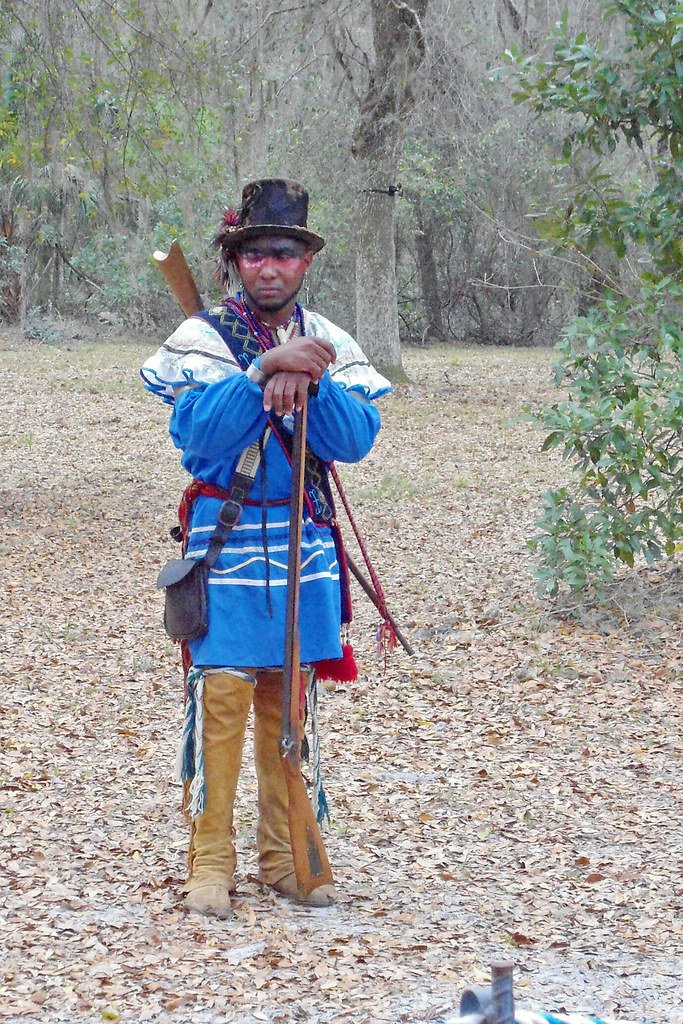
The story of the Black Seminoles is a powerful reminder of what can happen when cultures meet, struggle, and grow together in the face of injustice. Their legacy endures in the resilient communities that still keep their traditions alive, in the music and stories passed down through generations, and in the quiet pride of those who remember their ancestors’ fight for freedom. As we honor their memory, we are challenged to look deeper into our own histories, to recognize the invisible threads that bind us, and to ensure that their courage and creativity are never forgotten.

Jan loves Wildlife and Animals and is one of the founders of Animals Around The Globe. He holds an MSc in Finance & Economics and is a passionate PADI Open Water Diver. His favorite animals are Mountain Gorillas, Tigers, and Great White Sharks. He lived in South Africa, Germany, the USA, Ireland, Italy, China, and Australia. Before AATG, Jan worked for Google, Axel Springer, BMW and others.




